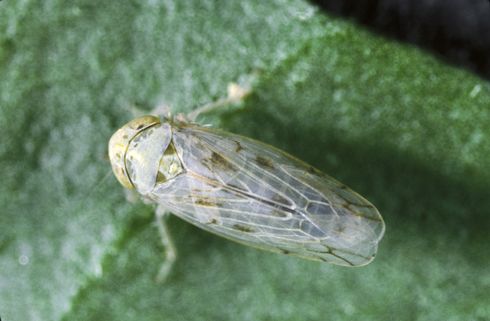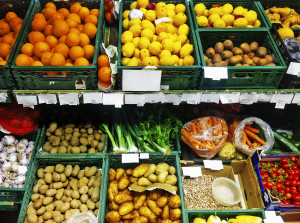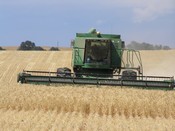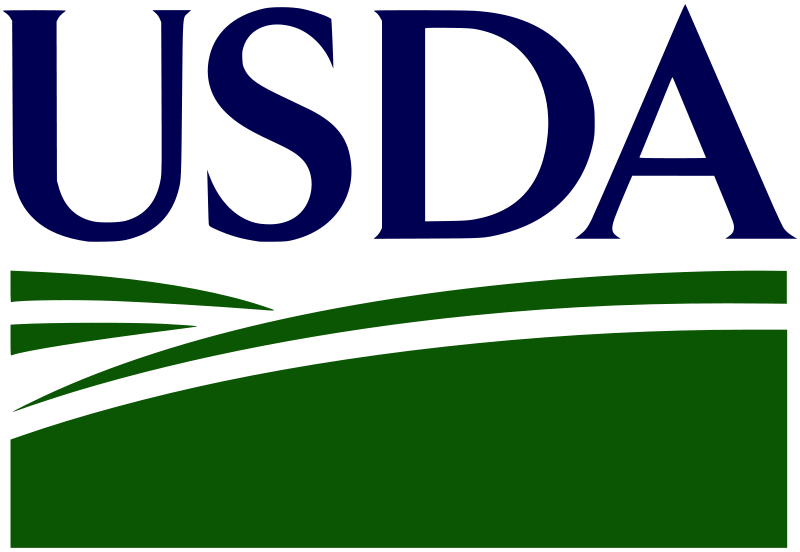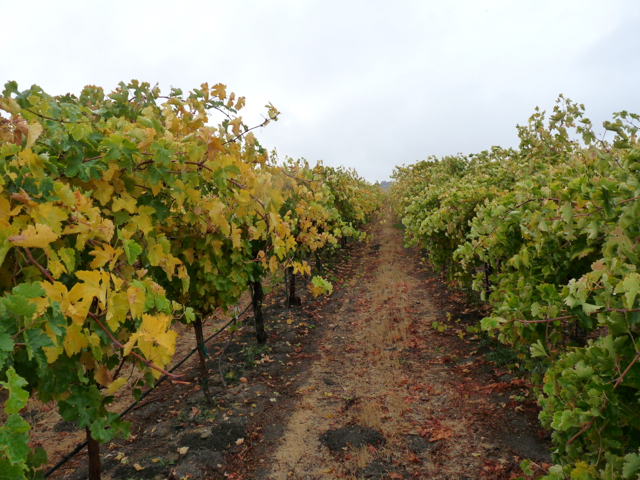Beet Curly Top Virus Alert for Growers
BCTV Grower Alert
by Laurie Greene, California Ag Today reporter
California Department of Food and Agriculture’s Beet Curly Top Virus Control Program (BCTVCP) personnel observed very high sugar beet leafhopper (BLH) counts the first week of March. BLH were mostly nymphs between the 2nd and 4th instar (a developmental stage of insects, between each moult) with few spring adults. BLH counts averaged 30-50 adults and nymphs per 10 sweeps. In some locations, counts have been as high as 100 BLH per 10 sweeps. A “normal” spring count would be an average of 10-12 adult BLH and 5-6 nymphs per 10 sweeps. These current conditions follow a devastating year for BCTV in California crops.
Treatment is currently focused on Fresno and Kings Counties where BLH populations are high. BLH counts are minimal at this time in Kern, San Joaquin, and Stanislaus Counties.
Treatment preparations were made last week and the spring treatment campaign began on March 9, 2015. The spray campaign will face several challenges, such as, wind, rain, and heat. However, the Program is exploring all available options to treat as much of the population as possible. The Program has identified a total of 54,974 acres to be treated so far.
The BCTBCP’s objective is to reduce the incidence of beet curly top virus (BCTV) infection in susceptible crops below a level of economic importance, through the use of integrated pest management techniques. BCTV is an extremely serious plant virus affecting several hundred varieties of ornamental and commercial crops in California. The Curly Top Virus Control Board advises the Secretary on this Program.
The only known vector of this virus the BLH is an introduced pest and migratory by nature. Populations develop in selected habitats within the San Joaquin, Imperial, Sacramento and Intra coastal Valleys of California as well as moving into California from contiguous states and Mexico. The BCTVCP utilizes intensive surveys to locate and monitor BLH populations throughout the year. As much as 100,000 acres of rangeland and idle agricultural lands are treated annually to control breeding BNL populations on a variety of host plants prior to the migration of adult leafhoppers into susceptible crops. Winter, spring and fall treatment periods coincide with the reproductive biology of BLH. The Program has emphasized the use of biological control by funding research in the exploration and establishment of BLH egg parasites in California.
Just last month, BCTVCP issued the following alert:
The Beet Curly Top Virus Control Program would like to remind growers to disk weedy areas as (soon as possible) prior to the 2015 tomato season. Good weed management prior to having tomatoes transplanted is ideal. When possible, sweep surveys should be conducted to identify the beet leafhopper is present and then an insecticide should be applied prior to disking the weeds. Mowing and disking weedy areas disturbs the beet leafhopper causing it to relocate to other suitable habitat. Although tomato plants are not an ideal host for beet leafhoppers, the leafhoppers will filter through tomato fields, transferring the curly top virus, while they are in the process of looking for another suitable host. The Program also encourages growers to get to know their neighbors and relay the message of good weed management.

